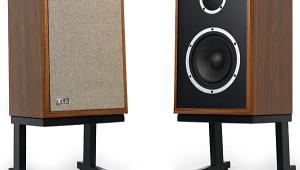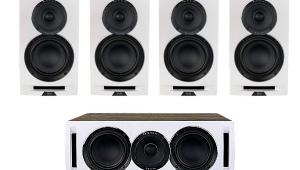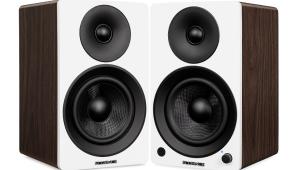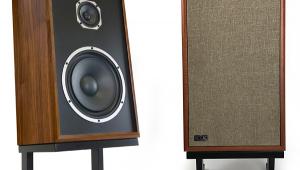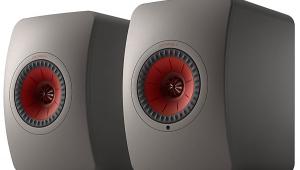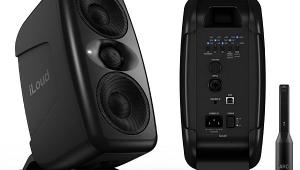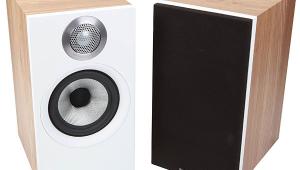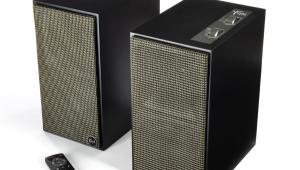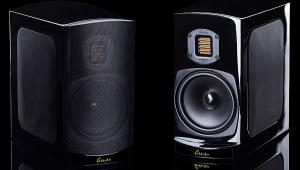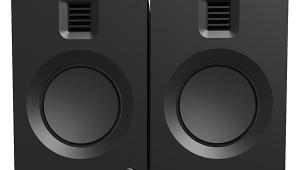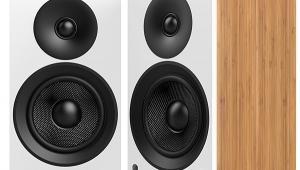Paradigm Prestige 15B Speaker System Review Page 2
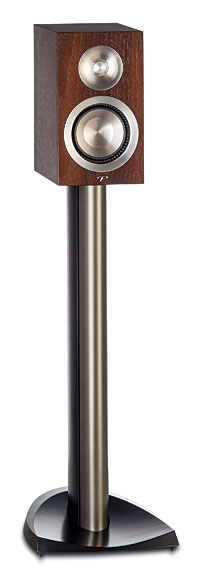 Get On Up is the James Brown biopic coproduced by Mick Jagger. The sub was delightfully forceful in the scene where Brown’s plane is caught by anti-aircraft fire in Vietnam. But of course, the musical segments are the meat of the movie. The monitors were dispassionate enough to reveal the artifice in the raucous gospel scene; the reverb seemed faked. But the subsequent gigs were stunningly believable, with the funky beat punching through thick club and theater ambience and Brown’s vocals defiantly riding, emoting, and punctuating over the top. It was as if the satellites and sub were having a torrid love affair.
Get On Up is the James Brown biopic coproduced by Mick Jagger. The sub was delightfully forceful in the scene where Brown’s plane is caught by anti-aircraft fire in Vietnam. But of course, the musical segments are the meat of the movie. The monitors were dispassionate enough to reveal the artifice in the raucous gospel scene; the reverb seemed faked. But the subsequent gigs were stunningly believable, with the funky beat punching through thick club and theater ambience and Brown’s vocals defiantly riding, emoting, and punctuating over the top. It was as if the satellites and sub were having a torrid love affair.
A Most Wanted Man (DTS-HD Master Audio) brings to life the Hamburg of John le Carré’s novel. The gritty surround ambience generated by four 15B monitors was so real, it competed with both the narrative and the acting prowess of Philip Seymour Hoffman and Willem Dafoe—and that’s saying a lot. I felt as if I were on the streets with the characters. And although I’ve sat through loads of nightclub scenes in movies, the one summoned by the Prestiges was unusually claustrophobic; my fight-or-flight instinct was in high gear. The center and sub were a perfect marriage for voices of both genders, never localizing in the sub. In fact, the 80-Hz sub crossover worked beautifully for everything.
I hadn’t intended to use season 3 of House of Cards as demo material, but having heard the ominous, airy opening theme dozens of times, I couldn’t help feeling that this was the best iteration yet. My binge-viewing buddy said: “This sounds amazing.”
Reference
Orchestral
The Blu-ray Pure Audio release of Mahler’s Symphonies Nos. 3 and 5, with Zubin Mehta leading the Bavarian State Orchestra in the Vienna Musikverein, got a treatment from the Paradigms that was nothing short of mesmerizing. With these speakers, the 96/24 DTS-HD Master Audio 5.0-channel soundtrack set a new standard in my listening life: I’ve never heard an orchestra as vividly and realistically imaged as this outside a concert hall. It was a perfect storm of hi-res content, surround soundtrack, tweeter lenses, and rubber gaskets. The strings had more tone color than I’ve ever heard in recorded music—yet despite the almost obsessively focused imaging, there was no edge, just a fully fleshed-out account of dozens of people playing stringed instruments in one of the world’s greatest concert halls.
I auditioned Led Zeppelin’s Physical Graffiti (96/24 FLAC from HDtracks) with the two aforementioned USB DACs, the Meridian Director and the AudioQuest DragonFly v1.2. The Paradigms surprised me by preferring the less expensive DragonFly’s warmer midrange and more relaxed presentation. While the Seismic 110 sub pounded out John Bonham’s mighty kick drum, the speakers panned Jimmy Page’s guitars for gold and came up with grunge—but a cleverly recorded, multifaceted, and endlessly engaging grunge.
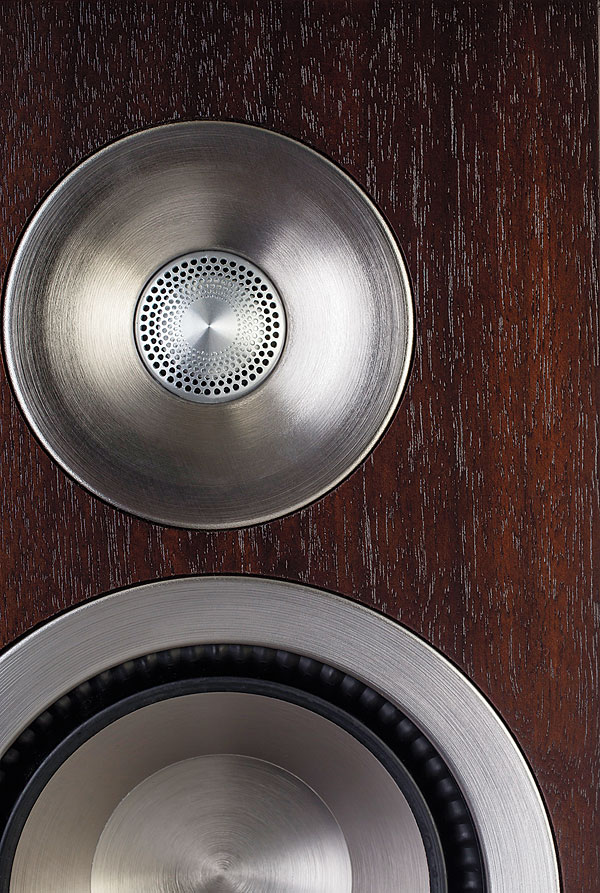
Te Amo, Argentina (from Yarlung Records) has cellist Antonio Lysy performing solo and other works by Ginastera, Piazzolla, Bragato, Golijov, and Schifrin (yes, the same Lalo Schifrin who wrote the Mission: Impossible theme). It was recorded with vacuum tube equipment onto analog tape and delivered to my system via LP, and as heard through the 15B monitors, it provided a laid-back but solidly imaged account of the cello. If I hadn’t known better by that point, I’d have thought the golden mellowness was a property of the speakers, but the shape-shifting Prestiges were just adapting to the content, as great loudspeakers often do. Occasional accompaniment on this album includes a piano, and the system called attention to the gentle wooden-hammered attack.
The final and unanswered question: Will Paradigm add either a Dolby Atmos–enabled model or an Atmos module to the Prestige line? Rumors are flying, but for now, all I can say is: I hope so.
The Paradigm Prestige series combines state-of-the-art design, ingenious engineering, and superb build quality with voicing that I found cinematically and musically unerring. Speakers that allow me one-setting enjoyment of action movies, with no dynamic range control intervention, are rare. Speakers that beat my reference system on orchestral material are rarer. But speakers that do both are practically unheard of. I learned a lot—and had a lot of fun—with the Prestige in my listening room. And living with the Seismic 110 sub continues to be a joy.


